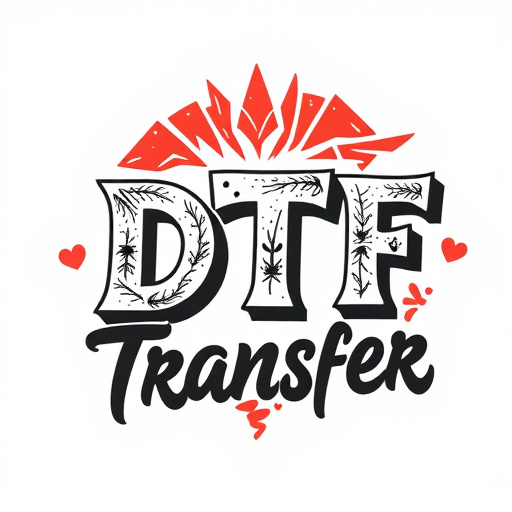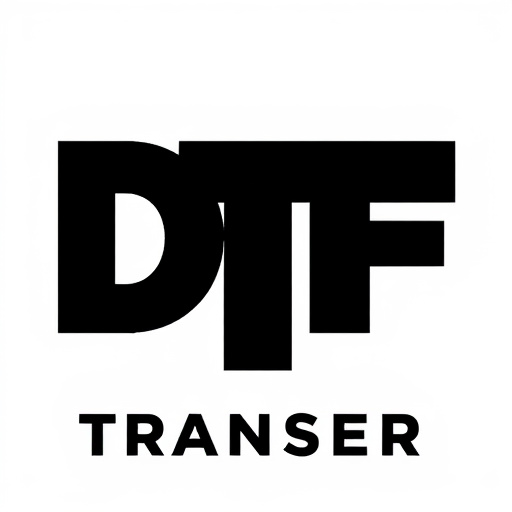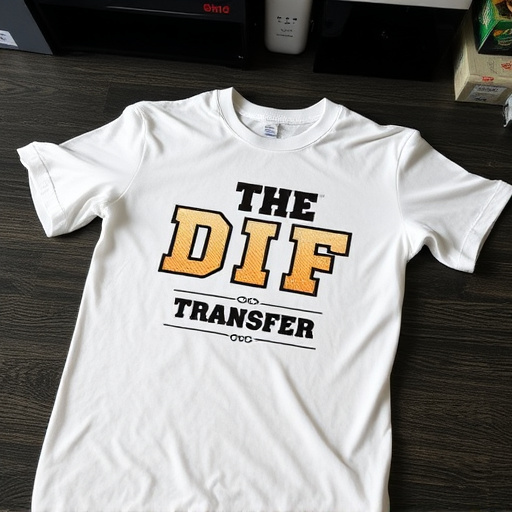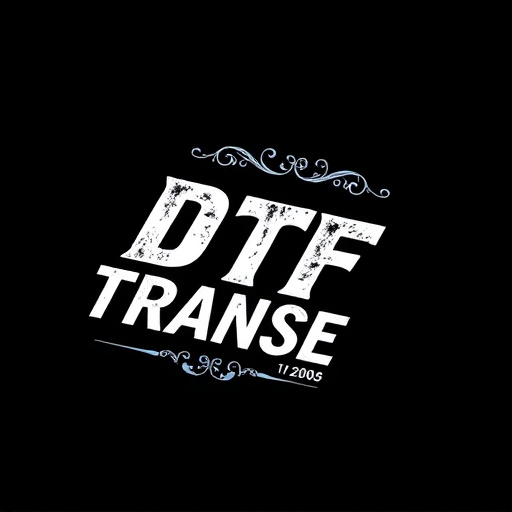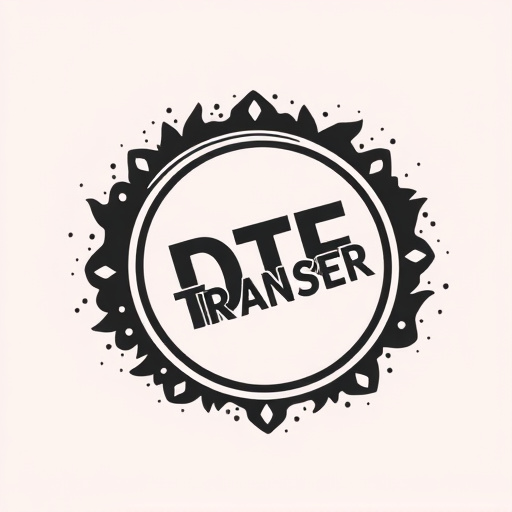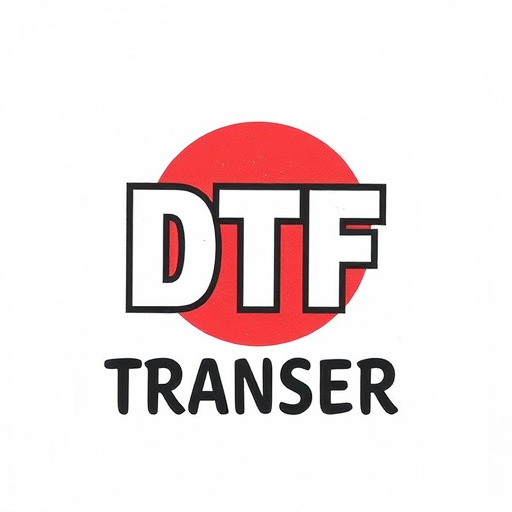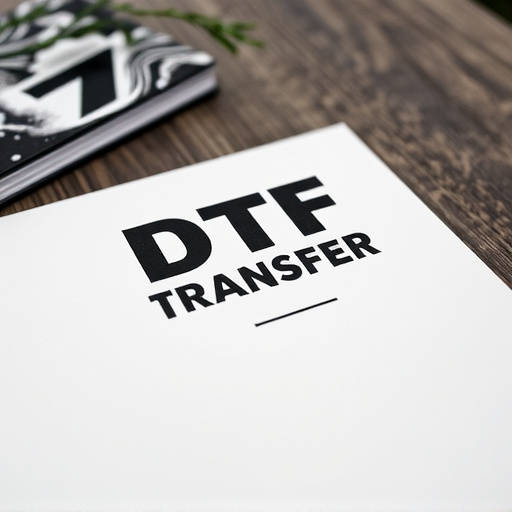Direct-to-Film (DTF) transfers are revolutionizing content reproduction by converting digital images and videos directly into high-quality film stock, offering a cinematic look without traditional printing methods. Rapid delivery options in DTF transfers enhance efficiency across the supply chain, reducing lead times and costs for businesses. Key factors affecting turnaround times include project complexity, print quality demands, material availability, and communication between customers and printers. To streamline DTF transfers, maintain clear communication with service providers, organize digital assets efficiently, and manage requests effectively. The future of DTF transfer services includes advanced automation, sustainable practices, real-time tracking, and enhanced customer satisfaction.
In today’s fast-paced world, quick delivery options for direct-to-film (DTF) transfer orders are more crucial than ever. This comprehensive guide explores the benefits and intricacies of rapid DTF delivery, providing insights into key factors affecting turnaround time. From understanding the basics of DTF transfers to best practices and future trends, this article equips businesses with strategies to streamline their DTF processes. Discover how optimizing your order expediting can enhance efficiency and drive success in the competitive market of DTF transfer services.
- Understanding Direct-to-Film (DTF) Transfers: A Quick Overview
- Benefits of Rapid Delivery for DTF Orders
- Key Factors Affecting Turnaround Time
- Best Practices to Expedite Your Order
- Common Pitfalls and How to Avoid Them
- Future Trends in DTF Transfer Delivery Services
Understanding Direct-to-Film (DTF) Transfers: A Quick Overview
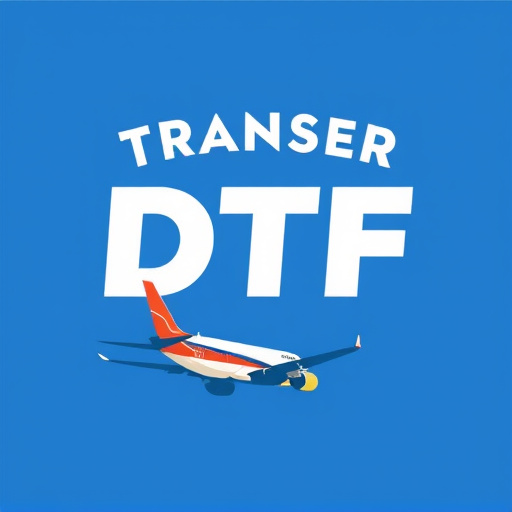
Direct-to-Film (DTF) transfers are a cutting-edge technology revolutionizing the way we reproduce and distribute visual content. This innovative process allows for seamless transfer of digital images and videos directly onto film stock, offering a unique and high-quality alternative to traditional printing methods. With DTF, filmmakers and photographers can achieve stunning, indistinguishable results from their digital files, making it an attractive option for those seeking a more authentic cinematic look.
The process involves using specialized equipment and materials to expose the film emulsion directly with digital data, resulting in exceptional image quality and color accuracy. This method eliminates the need for intermediate steps, such as creating digital negatives or printing on paper first, which can introduce potential issues like file degradation or misalignment. DTF transfers provide a direct path from the digital domain to the final film product, ensuring a faster turnaround time and superior visual fidelity.
Benefits of Rapid Delivery for DTF Orders

Rapid delivery options are a game-changer for direct-to-film (DTF) transfer orders, offering numerous advantages that cater to the fast-paced demands of modern businesses and consumers alike. By streamlining the order fulfillment process, companies can significantly enhance their customer experience, ensuring swift turnaround times without compromising quality. This is particularly beneficial in industries where time-sensitive projects or urgent deliveries are the norm.
One of the key benefits is the improved efficiency it brings to the entire supply chain. Automated systems and optimized routes enable faster processing, meaning orders can be executed promptly, reducing lead times. This efficiency translates into cost savings for businesses and happier customers who receive their DTF transfers in record time, fostering a competitive edge and strong brand loyalty.
Key Factors Affecting Turnaround Time

Several key factors significantly influence the turnaround time for Direct-to-Film (DTF) transfer orders, a crucial aspect to consider for customers seeking quick delivery. The complexity of the project plays a substantial role; intricate designs or large batch sizes naturally extend processing time. Print quality demands also come into play, as higher resolutions and detailed specifications may require additional time for optimal outcome.
Furthermore, the availability of materials and equipment can impact turnaround. Stock levels and supplier reliability are essential factors, ensuring that all necessary components are readily available to prevent delays. Effective communication between the customer and printer is equally vital, as clarifications or design revisions might arise, adding to the overall processing duration.
Best Practices to Expedite Your Order
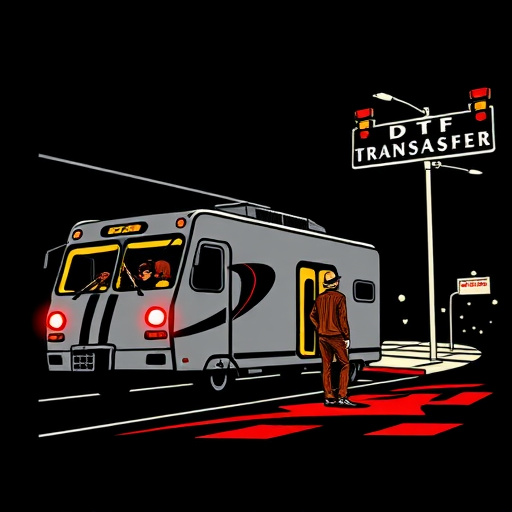
To expedite your DTF Transfer order, start by ensuring clear and concise communication with your service provider. Convey your time-sensitive needs upfront to set expectations and allow them to allocate appropriate resources. Provide detailed specifications for your transfer, including desired formats, resolutions, and delivery deadlines.
Next, organize your digital assets efficiently. Pre-selected and well-organized media ensures a smoother workflow. Create a structured folder system and provide easy access to all relevant files. Additionally, consider using cloud storage solutions for quick file retrieval, allowing for faster uploads and downloads during the transfer process.
Common Pitfalls and How to Avoid Them
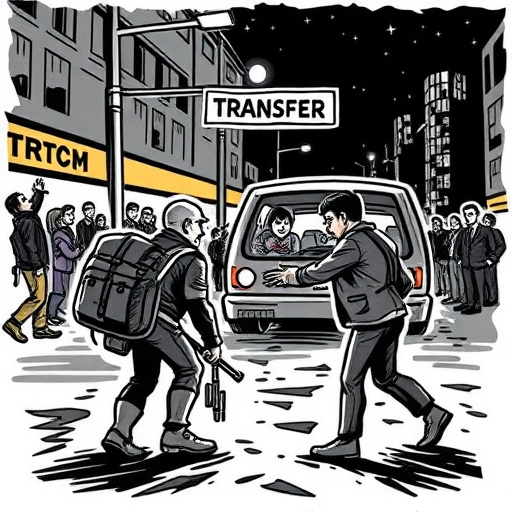
Many businesses fall into common traps when it comes to handling direct-to-film (DTF) transfer orders and quick delivery. One major pitfall is a lack of proper organization and communication, leading to delays in processing. To avoid this, ensure your team has a structured system for managing DTF transfer requests, including clear protocols for receiving, confirming, and tracking orders.
Another frequent issue is overpromising delivery times without considering potential bottlenecks in the production process. To steer clear of this, assess your capacity honestly and communicate realistic turnaround times to clients. By maintaining transparency and managing expectations, you can prevent frustration and build trust with your customers.
Future Trends in DTF Transfer Delivery Services
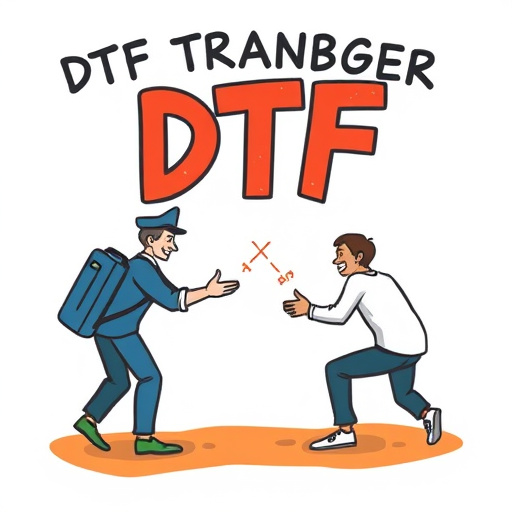
The future of direct-to-film (DTF) transfer orders lies in faster, more efficient delivery services. With the ever-growing demand for quick turnaround times, DTF transfer providers are investing in advanced technologies and streamlining their processes to meet these expectations. One prominent trend is the integration of automation, from automated order processing to robotic material handling, which promises to reduce human error and significantly speed up production times.
Additionally, sustainable practices are becoming increasingly important in the industry. Future DTF transfer delivery services might utilize eco-friendly packaging materials and focus on minimizing waste, appealing to environmentally conscious consumers. As technology advances, real-time tracking and transparent logistics will likely become standard, allowing customers to follow their orders from placement to delivery, enhancing overall satisfaction.

